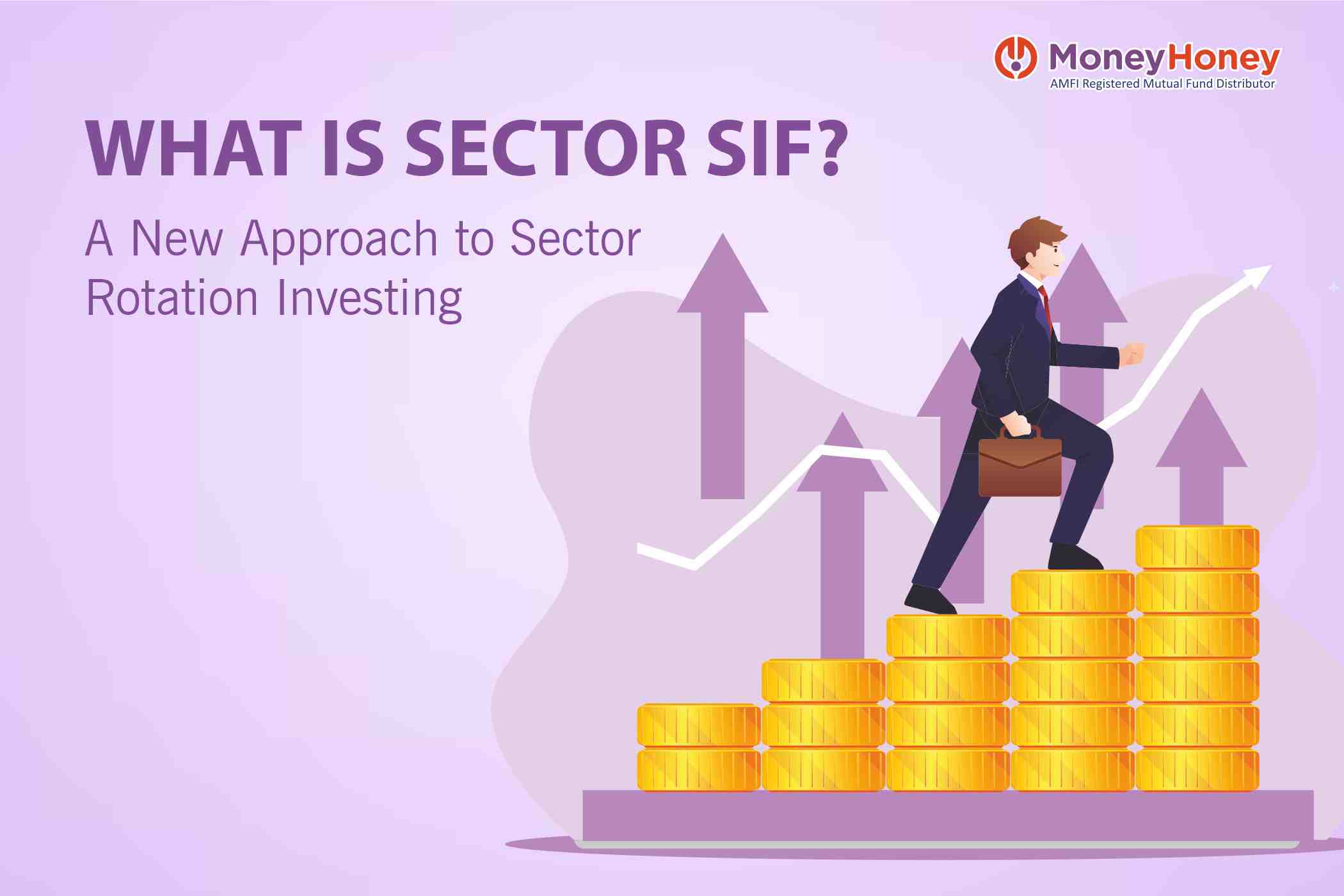Understanding the Sector Rotation Long Short Fund (SectorSIF)
In the past three years, mutual fund investors have shown preference to invest in various thematic and sector funds Themes such as consumption, manufacturing, innovation and sectors such as technology, banking insurance & financial services (BFSI) have been in demand at various points in time. Investing in thematic and sectoral offerings can help with focused exposure to the select theme or the sector respectively. This can at times enhance expected returns.
However, it works both ways. Sometimes, if a sector’s fundamentals turn unfavourable or an investment theme goes out of favour, then a fund manager can do little about it and investors in those sectoral or thematic offerings suffer with poor returns. The forthcoming offering – Specialised Investment Funds – Sector Rotation Long Short Fund (SectorSIF) can help investors to strike a balance between risk-reward while taking concentrated exposure to a theme or a pack of sectors.
Investment Strategy and Portfolio Composition
SectorSIF is a long-short strategy that mandates investing minimum 80% of the scheme money into stocks present in a maximum of four sectors. This means that a fund manager has to build a concentrated portfolio compared to a flexi-cap offering, when it comes to the number of sectors in the portfolio. However, there is no restriction about the size of the company – large cap, mid-cap and small-cap stock.
Role of Short Selling in the Fund
A fund manager is also allowed to short sell equities using derivative instruments such as futures and options. A fund manager can hold unhedged short positions in stocks using up to 25% of the scheme money. The only condition here is - short exposure will apply at a sector level. For example, if a fund manager holds a short position in a banking stock, then all banking stocks held in the portfolio must be held as a short position.
What Does Short Selling Mean?
Just to clarify, short selling a stock means selling a stock that one does not own with an intention to buy it back at a later date using derivative instruments on that stock.
How SectorSIF Balances Opportunity and Risk
Put simply, the SectorSIF allows a fund manager to own stocks from sectors where she has a constructive view, and at the same time short sell stocks from sectors where she expects prices to go down. This enables the fund manager to benefit on both sides.
Difference Between SectorSIF and Equity Long Short Fund
Some investors may think that this strategy resembles SIF- Equity Long Short Fund, which allows fund managers to buy and short stocks simultaneously without any size restriction. However, there is a big difference in the form of the sector limit. SectorSIF has to limit itself to four sectors maximum – though there is no restriction in terms of large-cap, mid-cap or small-cap exposure. The sectoral limit leads to concentration and can accentuate both riskreward compared to the flexi-cap long-shortstrategy.
Volatility and Flexibility Compared to Sectoral Funds
SectorSIF, however, can be a less volatile alternative to take sectoral exposure compared to a sectoral fund. Fund managers are allowed to move across sectors, as long as she limits herself to four sectors, which scores over a sectoral fund, which has to remain invested in the sector as per investment mandate. Effectively, SectorSIF may participate in the upside in a bull market, and also contain downside in a bear market.
Importance of Fund Manager and Expense Ratio
Given the sectoral restrictions and the flexibility to build a long-short portfolio, the role of a fund manager in these schemes will be critical. An investor has to also keep a tab on the expenses charged to the scheme In a raging broad-based bull market, this fund with a concentrated sectoral exposure and short-positions may underperform.
Minimum Investment Requirement and Accessibility
Investment threshold for SectorSIF is kept at minimum Rs 10 lakh. This augurs well for many investors, as portfolio management services and alternative investment funds require Rs 50 lakh and Rs 1 crore minimum respectively.
Tax Benefits for Investors
As regards taxes, gains on investments in SectorSIF will be taxed at a concessional rate of 12.5% if the units are sold after holding for one year. This is beneficial for investors in higher income tax slabs. Investors may also find it attractive to invest in a SectorSIF which does sector rotation, instead of moving from one sector to another and keep paying taxes at the time of each switch.
Who Should Invest in SectorSIF?
Aggressive investors may find SectorSIF attractive. Since the strategy involves concentrated long-short exposure, a fund manager needs to be given ample time to perform. Hence, investors with a minimum five to seven years timeframe may find this scheme attractive, if they already have a core mutual fund portfolio.
Disclaimer: This report is prepared in his personal capacity and neither the Author nor Money Honey Financial Services Pvt Ltd assumes any responsibility or liability for any error or omission in the content of the article. Investments in mutual funds and other risky assets are subject to market risks. Please seek advice from an investment professional before investing



